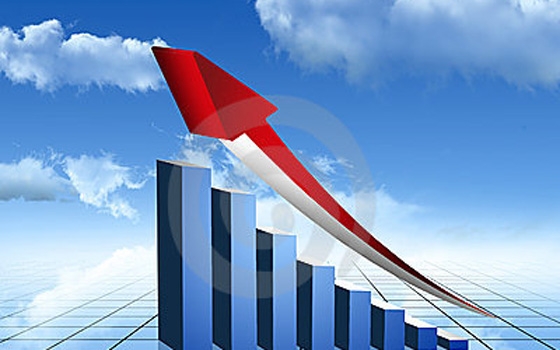Strong oil prices and high public spending boosted Oman's GDP by nearly 11.5 per cent in current prices in 2012 and both oil and non-oil sectors recorded high growth rates.
Official figures showed the Gulf country's nominal GDP expanded to around RO30.03 billion (Dh294 billion) last year from RO26.9 billion (Dh263 billion) in 2011.
The figures by the national statistics and information center showed the oil sector grew by around 10.9 per cent and the non-hydrocarbon GDP by nearly 12 per cent mainly because of a surge in public expenditure.
A breakdown showed there was an increase of 16.4 per cent in the services sector, four per cent in manufacturing, 15.3 per cent in trade, 15.8 per cent in health and education services, 12.3 per cent in transport and storage, 10.5 per cent in financial brokerage services and 14.9 per cent in hotels and restaurants.
High oil prices allied with an increase in output allowed Oman to record its highest fiscal surplus of around RO3,222 million (Dh31 billion) in 2012 compared with an actual deficit of RO113.2 million (Dh1.09 billion) in 2011.
The surplus last year was mainly a result of a 33.8 per cent increase in oil export earnings to nearly RO10.43 billion from RO7.79 billion due to higher prices and growth in Oman's oil production to 918,000 bpd from 884,000 bpd.
The price of Oman's crude rose to an average $109.6 a barrel from $102.9 in the same period and this boosted the country's total actual revenue by about 31.6 per cent to RO13.98 billion from around RO10.62 billion.
Oman, which controls nearly five billions of proven oil reserves, expects to boost spending in its 2011-2015 development plan by a whopping 113 per cent as it forecasts high oil prices and is pursuing plans to boost crude output.
Emirates 24|7
16 May






















































